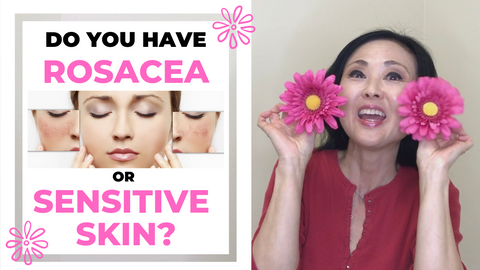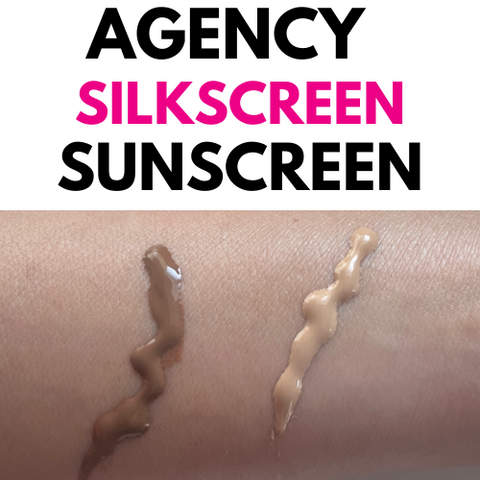Eczema Honey and the benefits of raw honey on the skin is the topic for this post. Honey has been used to treat many skin diseases and disorders such as Eczema (Atopic Dermatitis), Contact Dermatitis, Psoriasis, Acne, Rosacea and even skin cancer and genital herpes.
Throughout history, honey has been used to treat skin conditions, diseases and disorders, dating back to 2000 B.C.
Ancient Greeks and Egyptians used honey to treat wounds and burns.
Malaysians and Persian used it to treat furnuncles (boils filled with pus involving a hair follicle ), carbuncles ( a group of furuncles), diabetic wounds and even burns.
In countries such as Africa, India and Pakistan used honey as a cleansing agent, and to treat pustules and dermatitis.
Today, clinical studies all over the world have shown that honey has:
-anti-inflammatory
-anti microbial
-wound healing
properties and raw honey has been show to regulate the skins immune system and promote tissue repair.
Raw Honey for Anti Aging and Dry Skin Conditions:
Raw honey has hydration and moisturizing properties and is hydrophilic so it is water loving. Honey is similar to glycerin and Hyaluronic Acid in that it is a humectant and works better when applied on moist skin.
Those living in arid climates should use an occlusive agent to help prevent moisture evaporation from the skin. This can include oils or emollients if you are not break out prone.
Although there are many honey recipes online for the skin, for the sake of keeping it simple, here are some ways in using the honey just by itself. The most important thing is that the honey is raw and minimally processed.
***PRO TIP***
After exfoliating the face, apply a water based hydrating serum or hydrating antioxidant serum, then spray a hydrating toner (one the can increase BOTH hydration and the efficacy of the anti aging agents) 7-10 times so the face is very moist.
Apply a VERY thin layer of the raw honey and massage evenly on the skin. (You may also apply it on your neck and chest )
***Very Important*** that your skin is very moist and avoid apply the honey on too thick (or your skin will become too sticky).
While skin is very moist, face the steamer for 5-15 minutes . (Make sure the steamer is hot and ready to go.)
This is NOT RECOMMENDED for people who are prone to redness or have Rosacea.
This treatment is very similar to the Oil Infusion treatment I mentioned in the video-
HOME REMEDIES FOR DRY AND DEHYDRATED SKIN
You can spray more toner if your skin still feels sticky, then while your face is warm, and still moist, apply your moisturizer.
This will help keep your skin hydrated especially in the winter.
Rosacea and Honey
The antimicrobial and anti inflammatory properties of Kanuka honey also showed improvements on Rosacea.
The bacterium Bacillus oleronius singled out from the Dermodex folliculorum mite has been linked to the causation of Rosacea.
A study that was done in 2005 using Kanuka Honey in New Zealand showed improvements in the treatment of Rosacea.
If you don’t know if you have Rosacea or just sensitive skin, please watch-
Do you have Rosacea or Sensitive Skin?
Acne and Honey
Although honey has been show to have anti microbial properties, a clinical study that was done testing acne patients using honey and antibacterial soap didn’t show significant improvements in some cases, the acne got worse.
The conclusion of the study was that the randomized control trial did not find evidence that by adding the manuka honey product in combination with the 10% glycerine product in combination with the antibacterial soap was more effective than the use of antibacterial soap alone in the treatment of acne.
Everyone’s pH of the skin is slightly different so results can vary significantly. Since bacteria feeds off the sugar and fatty acids in our sebum, it could have caused an increase in acne lesions in some individuals.
The only way to know if honey may work for your acne lesions is to try it out.
***PRO TIP***
Instead of spreading the honey all over the face, start out by using raw honey and using it as a spot treatment. Apply it on one lesion and use another spot treatment on a different acne lesion and see which one heals faster.
Honey and Dermatitis and Fungal Infections and Genital Herpes
Raw honey also has antimicrobial properties. Clinical studies have shown that raw honey has been shown to regulate the skin microbiome and tissue repair.
In a clinical study treating 30 participants with Seborrheic Dermatitis, 90% saw improvements when crude honey was applied.
In another study, Olive Oil, honey, and corticosteroids was applied to a 1:1:1 ratio. Over time, reducing the corticosteroids over time.
They saw improvements with =:
-Atopic Dermatitis
-Psoriasis
-Diaper Dermatitis in infants
and even fungal infections such as:
Pityriasis Veriscolor- ( overgrowth of yeast called Malassezia ) -79% of patients saw improvements
Tinea Cruris-(commonly known as “Jock Itch”) -71% saw improvements
Tinea Corporis-(ring worm)-62% saw improvements
In 2005, a small clinical study of 16 participants reported honey was more effective than Acyclovir for treating genital herpes lesions.
Eczema Honey
If you have Eczema, there is a product called Eczema Honey. The company called Eczema Honey has an entire line of Organic honey products to help with Eczema flare ups.
One of my clients used Eczema Honey on her infant daughter and it helped clear up the eczema flare up. This blog post nor my video is NOT being sponsored by this company.
The Eczema Honey Skin Soothing Cream has both the Original and Nut Free version.
The nut free version simply removes the Almond Oil and replaces it with grapeseed oil. This is a wonderful replacement since grapeseed oil provides occlusive agents to keep the moisture in the skin and it is water dispersible so it won’t feel greasy.
The original formula for Eczema Honey Skin Skin Soothing Cream contains (as of this writing):
Organic Pure Honey, Organic Almond Oil, Organic Olive Oil, Organic Grated Beeswax, Sunflower oil, Sunflower Oil, Pure Spring water and Optiphen (formaldehyde and paraben free preservative) . May be considered an allergen for sensitive skin types.
If you are interested in trying out the Eczema Honey Skin Soothing Cream or any other products and would like to receive $5.00 OFF, please use this code:
http://eczemahoneyco.refr.cc/goseechristy
Honey and Skin Cancer
A clinical study reported that Manuka honey could slow the growth and could induce apoptosis (cell death) in 3 cancer cell lines. In vivo, when a melanoma tumor model was treated with manuka honey, there was a significant reduction in tumor growth.
5 Warning Signs of Skin Cancer
In most of these studies involving honey , Manuka honey and Kanuka honey was used. When I visited Ojai Valley Inn where they had a Bee Keeping Experience which was led by a professional Bee Keeper named Glenn Perry. He has 27 years of bee keeping experience and a well known researcher.
He seemed to be familiar with the studies so I asked him what was so special about Manuka and Kanuka honey and I was surprised to hear that it is not necessarily the specific type of honey but what was more important was that the honey needed to be raw and minimally processed in order for the honey to be able to retain its valuable nutritional value, including its antimicrobial and anti fungal properties.
He also mentioned that raw honey seems to increase and restore the good bacteria on the skin while also reducing the bacteria on the skin.
When I asked him where to get raw honey, he mentioned a company called Honey Pacifica He informed me this is where he buys the Avocado Honey. I tasted this honey at the end of the bee keeping experience and it was a very full bodied, creamy honey.
He also mentioned that buying raw honey from Amazon is a hit or miss it could be a gamble because you don’t know if you are getting actual raw honey.
***I did NOT receive any endorsements or sponsorships for any of the products mentioned in this blog post.
Sources:
Honey: A Therapeutic Agent for Disorders of the Skin -https://www.ncbi.nlm.nih.gov/pmc/articles/PMC5661189/
Medicinal and cosmetic uses of Bee’s Honey – A review- https://www.ncbi.nlm.nih.gov/pmc/articles/PMC3611628/



